16 Takes On the "Kushite Wife" Verse That Have Nothing To Do With White Supremacy
they had other things going on in the ancient world, you know
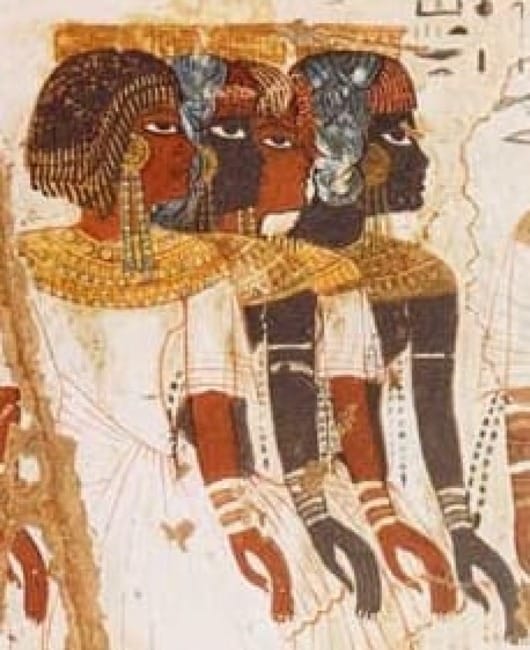
This is Life as a Sacred Text 🌱, an everybody-celebrating, justice-centered voyage into ancient stories that can illuminate our own lives. It‘s run on a nonprofit, so it’s 100% NAZI FREE. More about the project here, and to subscribe, go here:
Also, before we get going, I wanted to share some exciting news with you–
I'm beyond honored... to be honored!!
T'ruah: The Rabbinic Call for Human Rights is an organization that has been close to my heart and inspired me to action many times since my dear friend Rabbi Jill Jacobs took the helm in 2011 (and transformed it from a small outpost of another org into a project with its own work and agenda.)
I wrote about one experience showing up as a T'ruah rabbi here.
Join me in NYC in June!
Seriously! Come play! It's going to be a great gathering.
And they're livestreaming it, too, if you want to join but that makes more sense.

OK.
Now.
Torah time.
Today we get to an episode that has been handed a lot of extra baggage since, well, the creation of white supremacy.
The situation is this:
Miriam and Aaron spoke against Moses because of the Kushite woman he had married: “He married a Kushite!” (Numbers 12:1)
Kush began as the northen kingdom of Nubia, and eventually became the kingdom there, in what's now Sudan. The Egyptians ruled over the Nubians/Kushites for a while, and then the Kushites ruled over the Egyptians.
In early Greek geography, the Kushite kingdom was called "Ethiopia," but we're not dealing with the country we know as Ethiopia today; at most, the kingdom of Kush's southeastern tip touched what's now Ethiopia a bit. Nonetheless, just to confuse people for millennia, the Septuagint (the Greek translation of the Hebrew Bible) translates "Kush" as "Ethiopian," and that (mis)translation has made it all the way into the King James Bible and beyond. Kushites appear in a number of places in the Hebrew Bible. (1)
Ancient terminology notwithstanding, we're talking about what's now Sudan. Got it?
Unsurprisingly, a lot of people–immersed, as we all are, in a profoundly antiBlack culture, read this verse about Moses' Kushite wife as, "Miriam and Aaron are talking smack about Moses because he married a Black woman!!" (Implied, of course, is that the Levi siblings are all white.) (Whether or not the readers imposing a Black/white binary onto the text think that Miriam is in the right or not depends, of course, on their relationship to white supremacy. Some of the takes on this...verse.... Yeah.)
Remember, the distance between the Land of Israel and Kush is roughly the same as that between Minneapolis and New Orleans– 1000 miles– and Moses, Miriam and Aaron grew up even closer to Kush, in the country that bordered, occupied and intermingled with it. We don't know what skin color these ancient Israelites had, but they most likely didn't look like they came out of the Pale of Settlement. And they were closer in every way to Kushites than... some of the text's readers from other times and places. (2)
So what else could this verse possibly mean??
We must look at other explanations for a few reasons.
From the, "hope these are obvious, spelling 'em out anyway" files.
- Because we should do good work, with integrity, as often as we can.
- Because we should resist the white supremacist thinking that pervades our culture at every turn.
- And because this is a great place to see how profoundly the water in which we swim can impact our interpretive imaginations.
Let's investigate?
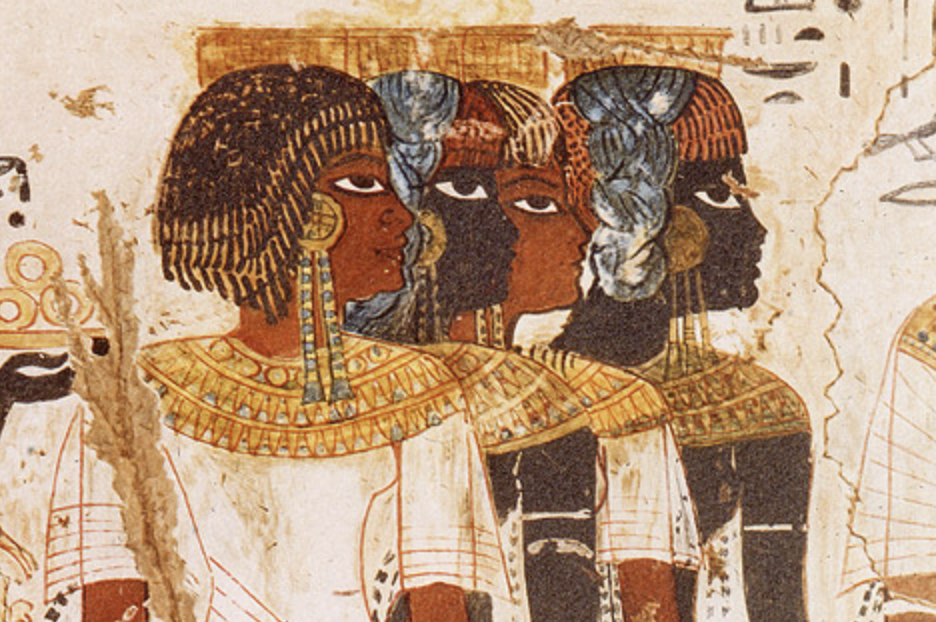
1) Moses ditched Tzipporah !!!
All the way back in Exodus (2:15–22), Moses met Tzipporah. Things were going great! But then– did he just abandon her in Exodus?
So Jethro, Moses’ father-in-law, took Tzipporah, Moses’ wife, after she had been sent home.... (Exodus 18:2)
We never hear Tzippi's name again. Did he just– kick her to the curb, in Exodus? And now he's got a new woman?!?! Or– did he ditch her later? (Rashi, our 11th c. French Torah commentator, thinks the latter, combining a bunch of the below theories.)
Or!
2) Tzipporah is the Kushite, Actually
Habbakuk 3:7 draws a parallel between Kushan and Midian– some scholars speculate that Kushan was a sub-area of Midian in north-west Arabia. Others speculate that it refers to a Kassite sub-group in Arabian tribal confederations– the Kassites were a people who controlled Babylonia for a time, peaking in the late Bronze age.
...and Moses has been, uh, neglecting her
How did Miriam know that Moses had ceased from intimate relations (with his wife Tzipporah)? Seeing that Tzipporah did not adorn herself as other (married) women did, she asked her for the cause and was told: "Your brother is not 'particular' about this thing" (sex, which he didn't want to have, since he was always"on call" for God– cf Talmud Yevamot 62a). (Sifrei Bamidbar/Numbers 99:1)
So they called him out on that.
3) This is indeed a new wife, but Moses had been neglecting her
Fascinating interpretive trend. According to the French Tosafist Rabbi Samuel ben Meir, also known as the Rashbam (c. 1085 – 1158), Moses technically took this new Kushite woman as his (second) wife, but never consummated the marriage. Whoops.
4) The wife was irrelevant; Miriam and Aaron needed a pretext
Look at the verse immediately following:
Miriam and Aaron spoke against Moses because of the Kushite woman he had married: “He married a Kushite!” They said, “Has God spoken only through Moses—and not through us as well?” (Numbers 12:1-2)
Ah, yes, very concerned about the wife, there, are you? Yes, we see that about you guys. Miriam, you will remember, is also named as a prophet in Exodus 15:20, and Aaron is, of course, the High Priest– so, you know, they have legit standing for this question, at least, but... possibly Moses' love life has nothing to do with this situation at all, and was a flimsy excuse to start this complaint.
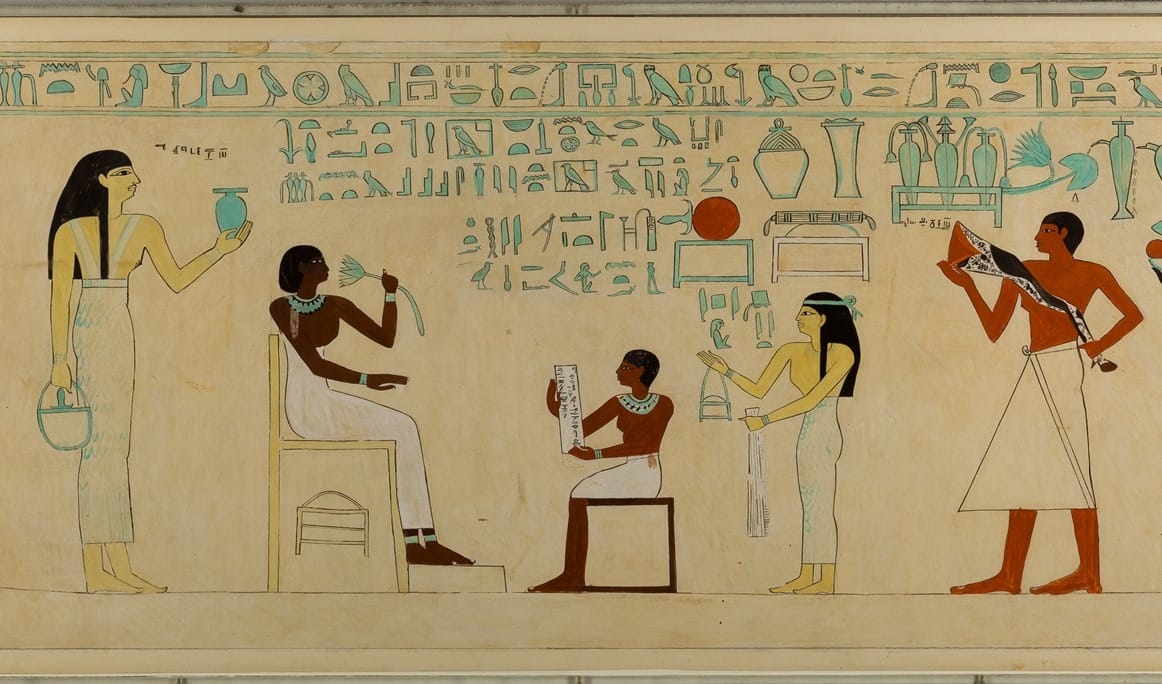
5) Abandoning queens is 👎 in the hero trope
According to a 12th c. Italian translation of the Torah into Aramaic called Targum Pseudo-Yonatan, when Moses was fleeing Pharaoh, he wound up getting married to this Kushite queen, but then he "had sent her away," which Miriam and Aaron agreed was in bad form. (3)

6) Kush and Egypt are basically one empire, so there's an overidentification with the recent enslavers
During the time that this story would have taken place, Kush/Nubia would likely have been under Egyptian rule (or, at minimum, share a deep cultural connection as a result of centuries of recent rule). So the issue might have been something along the lines of, "How could you marry one of the people who was just enslaving us, dude?" Or other sociopolitical tensions along those lines.
7) Miriam is trying to protect Moses from bad PR
Womanist theologian Renita J. Weems suggests in Just a Sister Away,
"perhaps Miriam, as both a prophetess and a devoted sister, simply wanted to protect her brother from the kind of malicious gossip and suspicion that was sure to spread through the camp once word got out that Moses had married a neighbor of their former" enslavers.
It's similar to #6, but in this reading, Miriam is fine with the marriage, but concerned about optics, rather than being personally upset.
8) The issue is that she's non-Israelite
Hence mentioning her origins. (Remember, the constructs of "race" and "ethnicity" didn't exist in the Ancient Near East as they do now. There were "peoples.") This is a common postulation, but honestly there's nothing in the Torah to substantiate it. Like Deuteronomy 7:3 is not only written by a totally different author of the Torah but also only forbids intermarriage with one of the "seven nations," which includes neither Kushite nor Midianite. Intermarriage more generally didn't really come up until the Second Temple, when more blanket prohibitions began to come down (because people were, guess what). (Rabbinic interpretation makes sure we're not worried and describes Tzippi as converting formally during the giving of the Torah at Sinai.)
BUT– as leader of this people, there may have been concerns about her practices of idolatry. Again: there's nothing in the text to substantiate intermarriage as a concern, but given that we're interpreting broadly, I feel an obligation to allow for the possibility that this could be related to the "no other gods before me" (Exodus 20:3) business.
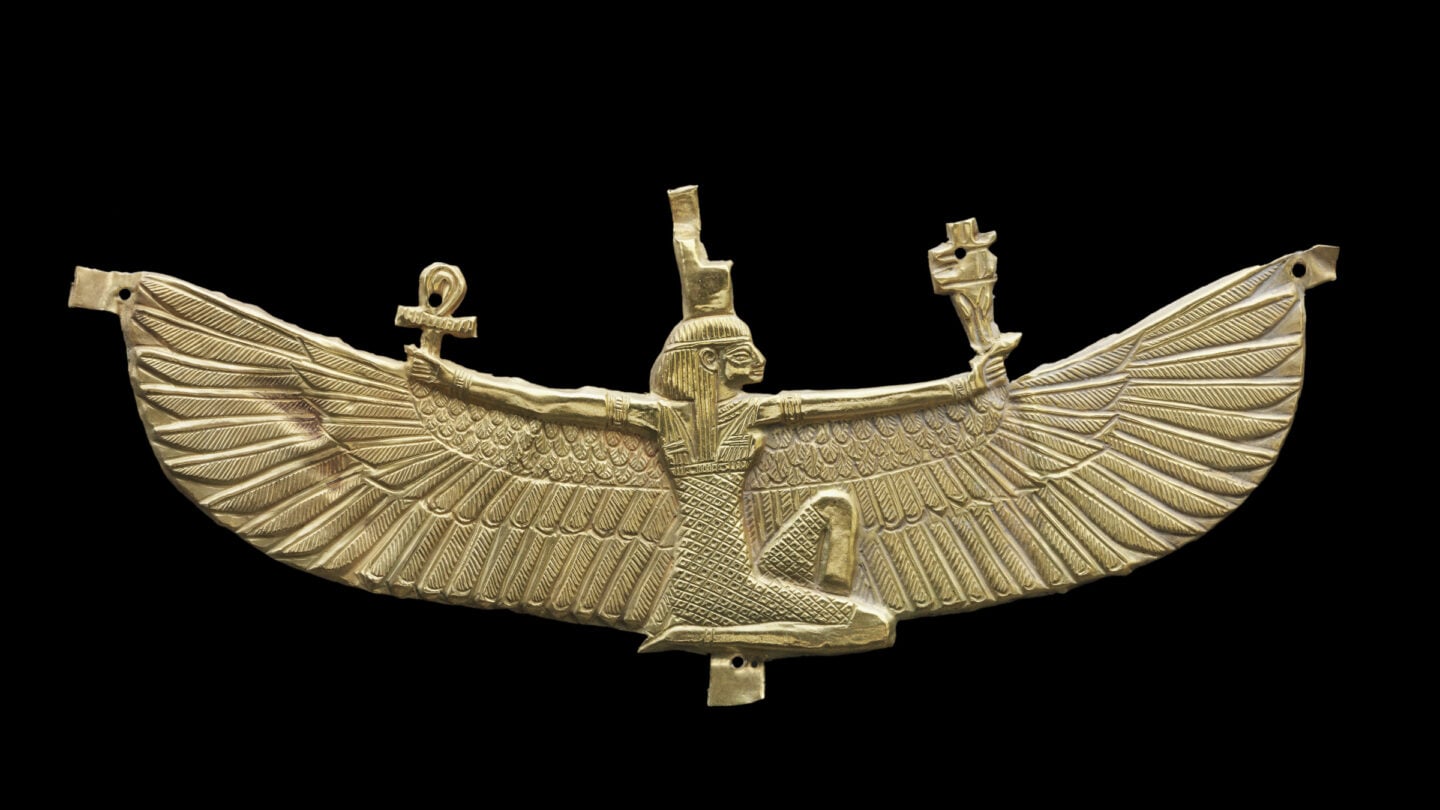
9) Moses married a hottie
In Isaiah 18:2, Africans are described as "tall and smooth/having glossy skin." The 5th c. BCE Greek historian Herodotus also described Ethiopians (which, you'll remember, is the Greek word for Kushites) as "the tallest and the most beautiful of all men." (Herodotus 3:20).
The Samaritan translation of the Torah swaps the word Kushite for kaashet, beautiful. (4) Then Onkelos' (Jewish) Aramaic translation of Torah (ca. 110 CE), he translates הַכֻּשִׁית/the Kushite as שפירתא/“beautiful.”
Yes, OK, it's possible that the Onkelos/Samaritan choice is one intended to distance Moses from "Kushite" and to swap it for "beautiful," but it seems that Kushites also got aesthetic respect in the ancient Mediterranean/Near East. It could be that Onkelos assumed that Miriam's outrage was related to Moses marrying a smokeshow, which was related to her Kushite-ness.
In The Africana Bible, Michelle Ellis Taylor runs with and extends this argument, combining it with the complaint about the prophecy.
“In essence, both arguments are that Moses has nothing over them.”
Even though he's the guy who married this gorgeous woman and gets special Zoom meetings with God, Miriam and Aaron are great, too– would be nice if someone recognized it, eh?!!?
And then some good thoughts from this piece by Nigerian Bible scholar David Tuesday Adamo:
11) Moses isn't around during the Honeymoon Phase
Or: thank God someone’s acknowledging that there was polygamy in the Torah
aka:
“What I consider to be the main reason for the objection to this marriage is jealousy. Miriam and Aaron were jealous because Moses had two wives and because more of his attention would have been taken by the newly married woman. It is not unusual in an African setting for relatives and friends to be jealous when husbands are too occupied with two or three wives."
And then this (below) complicated line of thinking could actually be read in a couple of ways, I think– as two separate or as combined reasons.
12) They think Moses lied to them about God saying that this was prophesied– but whoops, he was telling the truth??
13) Moses and God are making prophetic decisions without them and they’re jealous and angry
Perhaps Miriam and Aaron were shocked because Moses did not consult Miriam and Aaron before consummating his marriage to the Cushite woman and then claimed that [God] told him to marry her. Perhaps as co-prophets, Moses usually consulted Miriam and Aaron before taking such an important prophetic decision, but on this occasion, they were not consulted.“
14) Miriam and Aaron worry that this skilled, empowered woman might replace them
Africanist and archeologist Solange Ashby– whose research has focused on gender in ancient Kush– argues that women in that society had an "unusually high status," and that a number of queens not only served as solo rulers (with the title Kandake) but also as priestesses and in deep relationship with deities found only among kings Egypt. She also asserts that later years, marked by "increased importance on indigenous Nubian traditions," saw "women ...attain unheard-of power."
It's possible that in earlier, pre-Egyptian traditions– of which we have less writing and other material culture– women also had higher status, or served as prophets, or that non-queens might also have occupied some sort of religious functionary role. (Combine this possibility with the queen legend, even!). (5)
In this case– particularly given that this woman married the head of this people, making her as close to a queen as the people of Israel would have at this point– imagine Miriam and Aaron saying, in a panic: "Moses married a woman from a culture where women taking religious leadership is normative!!" The pivot then makes sense– perhaps it's out of the fear of being usurped. "We're prophets, too! He can't just go marrying a woman who'll expect to take our role!" Or something in that neighborhood. (Enough with the scarcity mindset, though, my theoretical biblical interlocutors!)
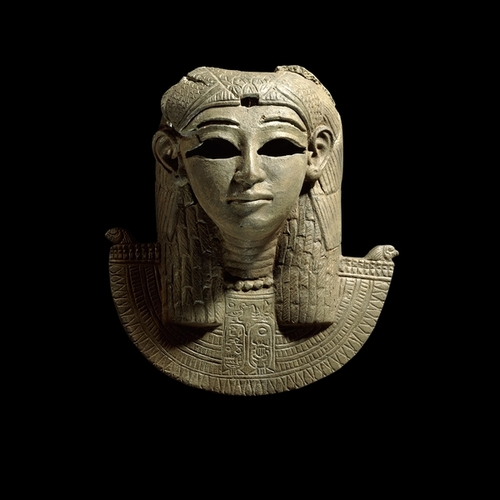
16) "Kushite" might have been the respectable swap for the more problematic "Midianite."
A Biblical-Critical approach– that is, an attempt to figure out how this text may have been compiled historically– sees how weird it is for jumping from wife-complaining to prophesy-kvetching.
And some scholars wonder if the Kushite bit wasn't inserted in at a later point.
Bible scholar Philip Yoo suggests that the original version of the story goes:
Miriam and Aaron spoke against Moses. They said, “Has God spoken only through Moses—and not through us as well?” God heard it. (6)
And that the whole Wife Thing was inserted later, by a redactor (known as R) who was (as he understands it) weaving together disparate traditions into some larger whole– and was having some Tzippi Tzuris.
Yoo says:
R has inherited source materials that speak of the Midianites in both a positive and negative light, and the competing claims give rise to the issue of whether or not Moses could have even married a Midianite woman in the first place.
And it's about to get awkward, because the Priestly Source is soon going to describe a war between Israelites and Midianites.
So what's a Redactor to do?
R seeks out another named group of people who inhabited the lands south of Canaan, and a non-Israelite nation that his [various] source materials are collectively, at least, neutral about. R draws from the Table of Nations in Genesis 10.... The less objectionable label ‘Cushite’ serves as a hedge that R utilizes to uphold and authenticate the inherited reports of Moses’s marriage to a non-Israelite.
In other words: It's possible that some biblical sources had a problem with "Midianite," nobody had a problem with "Kushite." So a panicked editor smooshed that line into a scene where there was already some bickering happening as a way of raising new questions about Tzippi's origins.
Welp.
In the end, we'll never know the whole story.
But by turning and turning and turning the possibilities offered in the text, we have a chance to shake loose our own thinking, to let in fresh air and new possibility.
That shaking loose is a profound, important step in every transformation– personal, cultural, social, political, national, global.
Don't ever underestimate it.
Like this? Get more of it in your inbox every week. 🌱
For free every Monday—sign up at the ‘Subscribe now’ button just below.
And if you become a paid subscriber, that's how you can get tools for deeper transformation, a community for doing the work, and support the labor that makes these Monday essays happen.
A note on the subscription model:
I want my work to be as accessible to as many people as possible, in as many ways as possible. That's why the Monday essays are free, and why we donate subscriptions to anyone for whom paying is a barrier to the House of Study posts.
I also believe people should be paid fairly for their work. Needless to say, these two values sometimes seem to be in conflict, but I do what I can to find a fair balance. I offer many resources for free, and charge for others. When you donate generously or pay at the top of our scale, that helps support the work I do, provides access for those who have fewer resources, pays for the infrastructure and the technical and practical support that it takes to do this, and helps us keep the work sustainable. 💗
And as always, if you want in to the Thursday space but paying isn't for you now, just email support@lifeisasacredtext.com and we'll hook you up.
And if you’d like to underwrite one of these donated subscriptions, you can do so by signing up at one of the higher subscription points.
And if it resonated with you, please share this post.
Sending a big pile of blessings and goodness your way. 💕
FOOTNOTES
[1] Kushites
[2] Assumptions about Miriam's and Moses' skin color
[3] Kushite princess
[3:1] Samaritans
[4] Women's status in Kush
[5] Original version of the story
Thanks to Prof. Sidnie White Crawford for this list, from whom I am basically copy-pasting it: Kush is the father of Nimrod, a “mighty warrior” (Genesis 10:8; 1 Chronicles 1:10). A Kushite is among David’s trusted warriors and brings him the news of Absalom’s death (2 Samuel 18:21–32). The Kushite king Tirhakah (=Taharka, a 25th dynasty Kushite King/Pharaoh), is ostensibly in league with King Hezekiah of Judah, marches against the Assyrians (2 Kings 19:9, Isaiah 37:9). They are warriors with chariots and shields (Jeremiah 46:9). Kush is equated with wealth (Isaiah 43:3, 45:14; Job 28:19). Ebed-Melech, the eunuch who saves Jeremiah from death in the cistern, is identified as a Kushite (Jeremiah 38:6–14). And more. ↩︎
And, though a lot of translations say that Miriam is later punished by being "stricken with snow-white scales," or something like that--and thus take the Black/white contrast as a prooftext, of sorts-- that's not clear, either. She's really afflicted with tzaraat, a biblical skin disease, as snow. Literally, she is "tzaraat'ed like snow." It could be describing the (gross) image of skin flaking off, falling like snow. Again: translators, making assumptions, impose color into a translation where none is indicated. ↩︎
The 3rd c. BCE Egyptian Jewish historian Artapanus of Alexandria has this whole story about how Moses went to wage war with the Egyptians (when he was still Palace Prince Boy) against the Kushites. Josephus (37–ca.100 C.E.) extends it: Tharbis was the daughter of the king of the Ethiopians. Observing Moses leading his army near the walls and fighting courageously… she fell madly in love with him. When passion got the better of her, she sent to him the most trustworthy of her servants to enter into discussion about marriage. When he accepted the proposal on condition of her surrendering the city and gave pledges on oath, indeed, that he would take her as a wife… So, yeah: Moses, Tharbis, princess of Kush, and a transparent women/war metaphor. This would be before he even meets Tzipporah.(Presumably the Targum Pseudo-Yonatan thing comes from this.)-- ↩︎ ↩︎
Samaritans are an ethnoreligious group that originated with, but broke off from, the Israelites, around the time of the Assyrian Conquest ca. 722 BCE. ↩︎
There's so much we don't know. IF I understand correctly (and this is another "how much can I learn in a week" kinds of things, so I might have this wrong): the Nubians (Kerma culture) did not leave behind pre-Egyptian conquest writing, and the scarcity of bilingual texts means that writing in the Kushite/Nubian language (Meroitic, it's called, and has a script and heiroglyphs) is not widely understood by scholars today, even though there are texts from later eras. So yeah, I'm guessing here, but a theory's a theory. ↩︎


